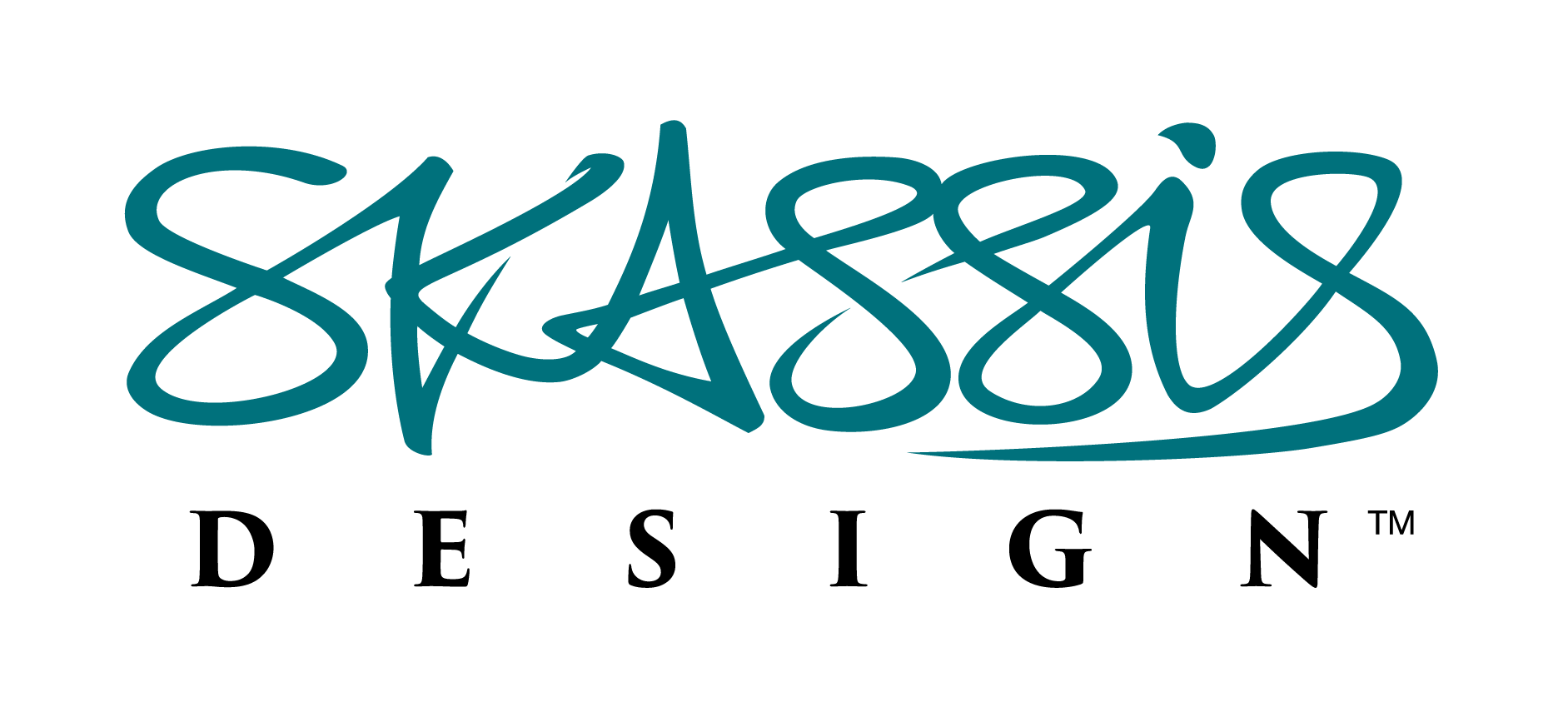Design inspiration from Hillman Curtis: In-House Collaboration: start practicing the real deal
While searching for design inspiration on hillmancurtis.com i ran across a video showcasing the design team from the offices of Pentagram 2006 ( http://hillmancurtis.com/artist-series/pentagram-06/ ). These designers and architects were discussing their favorite parts of design. I would like to share some of their ideas with you and mix in my own thoughts on the highlights.
_______
Pentagram said that as a collaborative team, "[we] are interested in the big idea, rather than the style of the individual designer."
Collaboration can be an intense experience that elevates everyone who participates unselfishly, to a new level of professional strength and effectiveness.
Just like the prisoners of war of the Great Escape, who collaborated to a single unifying cause, so can we rise up in our moments of creativity to accomplish great things together, that more successfully promote our companies to a community of business partners.
Remember to do your best job and take no account of it. If you are in an in-house design department, encourage your management to take note of what you do and funnel that into your evaluation instead of boasting about your own accomplishments. The latter requires secrecy and breeds contempt amongst fellow workers.
One note about competition: its OK to compete against outside agencies, but we should not be competing amongst ourselves. It is the supervisor’s role to track and rate your accomplishments, let them realize its time to engage the team at this new level. In turn, your energy as designers and staff members will be directed on more time to focus on being creative.
A design partner and I have had ongoing discussions about unique ways to collaborate as designers. We both believe that typically designers get too engaged in behind-the-scenes competition and self-promotion. Sometimes projects involve a brainstorm session where everyone walks out with secret ideas that they scurry off to develop, then next meeting, hope to “win” the project, develop and design the piece, and add it proudly to their book. This is a destructive approach that breeds nervous behavior, dishonesty, and ends up restricting true creativity.
If we could truly collaborate as team members, we would attempt to mix ideas together after a brainstorm session or return to remix and combine comp ideas. One of my design partners believes in working on a copy of other designers' comps to discover a new dynamic and build more unity among the team project. In the end, the entire team wins.
If you are a design supervisor, here’s how to do it as it relates to workers’ in your evaluation process. The measure could be reflected in a 40% TEAM DYNAMIC weighted performance score. To discourage individualism, INDIVIDUAL performance score could be limited to 10% (meaning you can score no more than 10 points for individual development). This would be based on personal quality of project work, NOT how many influential projects you’ve worked on, since not all designers get a fair share of those. Motive and attitude should also play a part in the personal quality score. It otherwise ties us up into separate competing islands, which dulls creativity and distracts us from effectively communicating a good mix of ideas.
I am for the purest form of collaboration on the largest projects, where many designers are assigned.
Here’s the workflow I envision:
1. Brainstorm meeting: Leaving the brainstorm the team would have an agreed upon general direction.
2. Initial comp stage: Build comps with as much privacy as possible (designers should NOT see what specific design direction other designers are going in)—the reason for this is so that no one is influenced by another’s idea, YET.
3. Regroup one: show sketches or loosely built pieces. All team members should then discuss further combinations and cross-pollinate design ideas—design sex. This would be accomplished by designers working with another designer’s ideas to take them further. This would be negotiated as to who would work with whose idea.
4. Regroup two: with more exhaustive and compelling comps. Process of elimination.
5. Recycle unused work: Assign value and pool non-selected comps in a central Medial Asset Management (MAM) storage and make those designs available for all designers to borrow or pull new ideas from.
6. Hold quick standup meetings about what was used and what wasn’t. A well known library of unused concepts will save a tremendous amount of company resources.
This approach shares the design wealth amongst the team and helps all develop on a more even scale.
I truly believe this is how most external design agencies should be operating for the most successful work environment.
Management should think of designers as their children. As parents, we would never hesitate to help one of them develop. Why should we prefer one child over another? Instead we raise them as fairly as we can. We develop them because we love and respect them.
Our creativity should make all of us feel proud about our companies’ success. It is vital that departments find a quick path to a strong level of collaboration which will completely raise design team morale to its highest level, enhance valuable work relationships, and expand effective creative business communication.
___
Sam Kassis is design principal for SKASSIS Design where he focuses on brand identity and design strategy.
